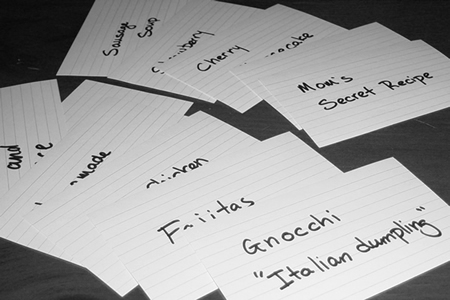First, I have to say that I’m a very happy Kindle owner who tends to read about 6 books a month. That might make my opinion bias when it comes to the Kindle itself, but as reader – I still exist as a consumer of information and books.
The Kindle’s innovation came first with it’s connectivity and delivery platform. It simplified the searching, downloading, and let’s not forget purchasing ease of getting books on the go. Never again did you have to make a trip to the airport bookstore while traveling. Its black and white interface using strict E Ink itself wasn’t innovative, it didn’t reinvent the way people read books. However, Amazon has taken a route taken by Nike and Apple, the long-term iterative improving experience. While the Kindle itself still has it’s limitations (to which many might point to its position on data openness), the constant changes that Amazon does allows the Kindle to adapt, keeping it competitive.
Many Kindle readers already know they can purchase and read books on their iPhone, but there is something that was announced a little more quietly. Amazon now has http://kindle.amazon.com – which at first sight is a bit mediocre. Its initial explanation for its existence too, is a bit… weird. Praising how many customers love their notes and highlights, I can’t imagine that reading the information out of context provides some level of insight in the thought process someone had while making the annotation within the book. This could instead be a preview for online and community shared book notes and annotations. Imagine sharing your books with friends and being able to read the notes each other thought were the most important about a book? Now that’s what will convert traditional readers.
What the Nook has done is something that is a necessary step in the evolution of ebook readers – like CDs, it will change the way things are done from this point forward – though it hasn’t envisioned anything extraordinary. The built in Wi-Fi connection means nothing to the everyday user. Why would they care to configure an additional connection when the always-on 3G network can take care of things without any additional configuration. Adding the idea that people are going to come to Barnes and Noble with their Nook because of the “Free Wi-Fi” is just asinine. The point of having a digital book reader is to reduce trips to a bookstore. Sure there is a touch screen – but it’s for navigation, and yes you can lend to friends for 14 days. When I loan a book my friends typically take it for more then that… but to each his own.
For an ebook reader to truly be a Kindle-Killer they are going to need to change the way people read and communicate about books. Book readers have a connection to the tangible feeling behind books, the feel, the smell of the paper. There is more there then just pages. You are going to have to combat history by changing the conditions of what reading means. Bring people together in either book sharing, long distance book clubs that can allow users to read everyone else’s comments and annotations, or simplifying book publishing. Amazon themselves, while they have ways to publish quickly on the device really drops the ball when it comes to supporting would-be authors with real information about publishing to the device.
Maybe Apple has something that will really shake things up?
Time will tell. Anyone considering making the switch from either a Sony Reader or Kindle to the Nook? I’d love to hear your thoughts.

